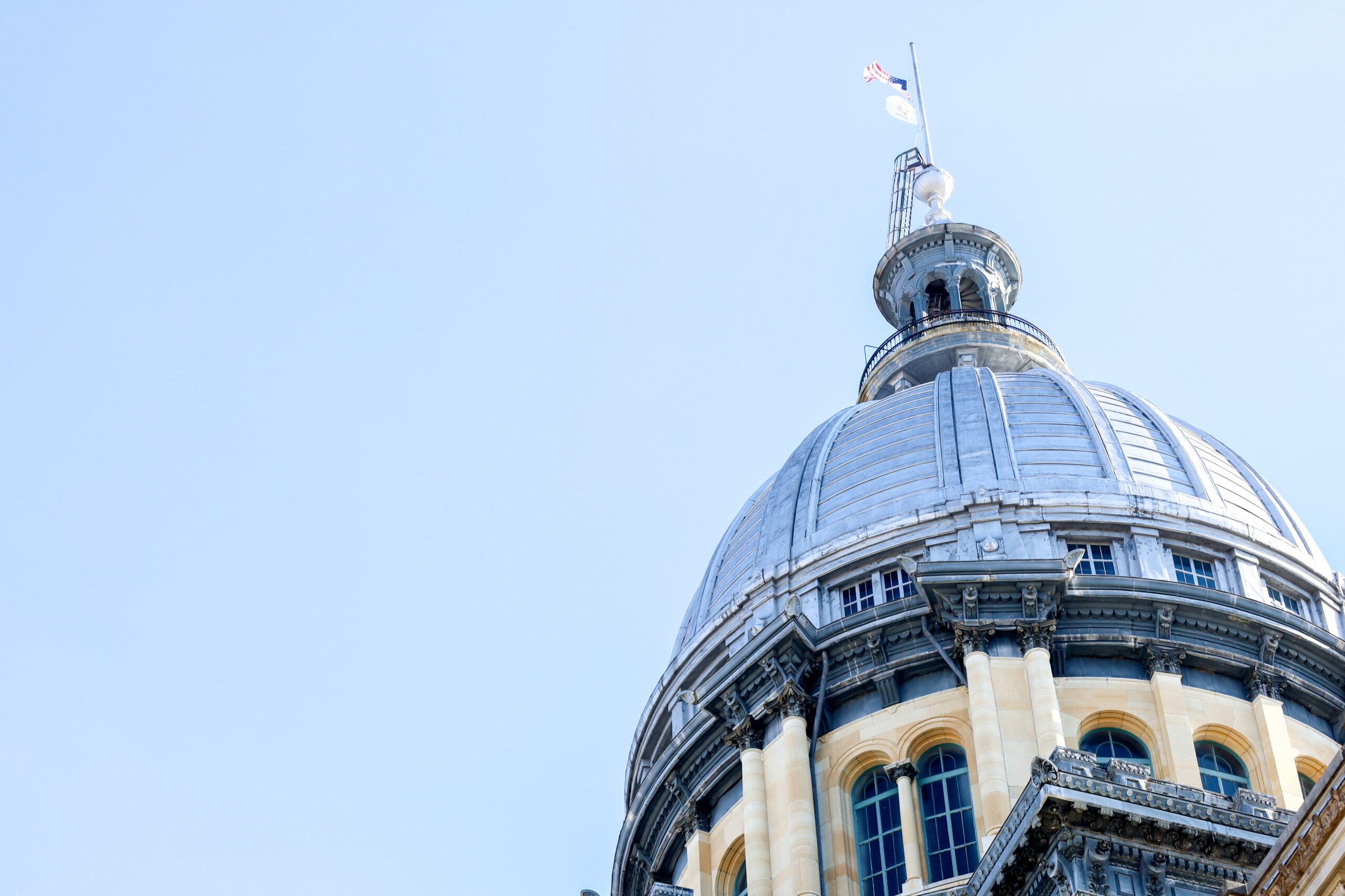Illinois Legislative News: September 23, 2024
Third Reading Consulting Group
Through the first two months of FY 2025, Illinois revenues are up about 6% over FY 2024, but the pace of economic growth appears to be slowing. Both sales tax and corporate income tax revenues remain below their FY 2024 figures at this point in the fiscal year. Year-over-year growth is largely being driven by personal income tax, federal funds, and interest income on state funds and investments.
In August, the University of Illinois’ Institute of Government and Public Affairs’ Illinois Flash Index declined to 102, representing the fourth consecutive declining month. The Flash Index is a weighted average of Illinois’ growth rates in corporate earnings, consumer spending and personal income as estimated from receipts for corporate income, individual income, and retail sales taxes. These revenues are adjusted for inflation before growth rates are calculated. The growth rate for each component is calculated for the 12-month period using data through August 31, 2024.
Any figure over 100 in the Index represents economic growth, but the state is down from a recent high of around 106 in 2021 and 2022. The state hovered around 103 throughout most of 2023 and the beginning of 2024, before beginning the current declining trend around May 2024. Unemployment, which rose from 4.1% last August to 5.3% this August is the largest factor leading to the declining Flash Index figure. However, unemployment growth largely mirrors national trends, and should not be cause for concern at this time. Slowing corporate and sales tax revenues are also contributing factors to the recent decline in Flash Index’ performance.
In related news, S&P reaffirmed their A- rating, with a stable outlook, of Illinois’ October 2024 General Obligation bonds. They last updated their GO bond rating in February 2023, the seventh of nine credit rating upgrades Illinois has received under Gov. J.B. Pritzker. S&P noted that Illinois unfunded pension liabilities and smaller Budget Stabilization Fund, relative to other states, are factors holding the state back from future credit rating upgrades.
The Budget Stabilization Fund has a balance of $2.18B, but it would need to have over $3B in order to hold over one month’s worth of reserves, a benchmark that most other states can match. S&P believes that the state’s revenues are not currently growing fast enough to meaningfully increase its Budget Stabilization Fund balance within the two-year outlook period. Without significant unexpected revenue growth, Illinois will only add $73.3M to the fund in FY 2025, coming from standard transfers from the Unemployment Insurance Loan repayment ($45M), recreational cannabis sales ($4.25M), monthly GRF transfers ($7.5M), and interest earnings (estimated $16.58M).
According to the most recent Commission on Government Forecasting and Accountability data from the end of FY 2023, the state’s pension funds are 44.9% funded with total unfunded liabilities of $141.4B (actuarial basis). Both of those figures are among the worst of all states, and without significant unexpected revenue growth, S&P also does not expect the pension situation to improve meaningfully enough to warrant a rating upgrade with the outlook period.
Despite the S&P outlook, Illinois’ economy is still growing. The state has made significant progress to build up its Budget Stabilization Fund balance from nothing to over $2B and contributed above the minimum statutory requirement to pensions under Gov. Pritzker.
Important Upcoming Dates – Statewide
November 5 – 2024 General Election
November 12-14 – Veto Session Week 1
November 19-21 – Veto Session Week 2

